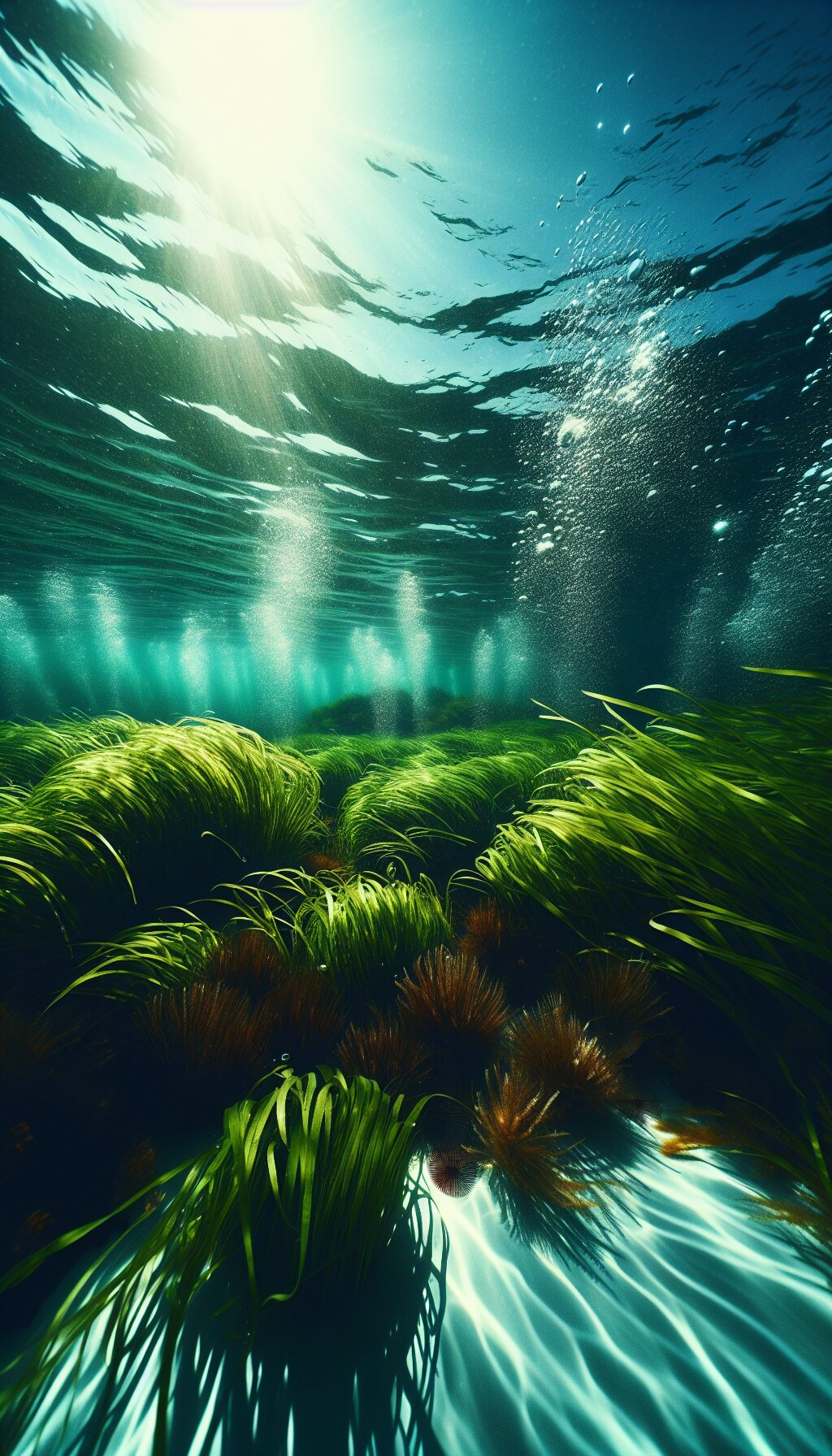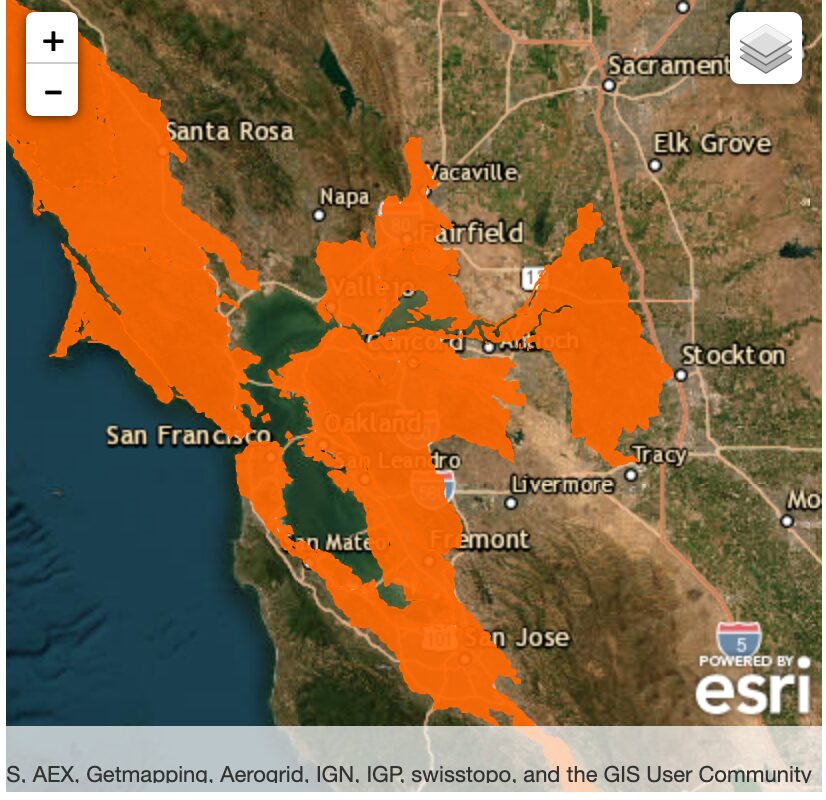Zoo what? Zoo, transport by animals – Bentho, organisms living on, in or near the bottom of a body of water – Philous, loving. Thank you, Brigitta van Tussenbroek!
Pollinators in Action
Seagrass flowers visited by invertebrates

Not all pollinators come by air. Some come by sea. Seabees aren’t just in the Navy, either. Above is a YouTube video of sea grass flowers visited by invertebrates. Below, a great article excerpt from Brandon Keim published on Anthropocene October 5, 2016. I highly recommend reading the entire article.

DAILY SCIENCE
The new underwater world of pollination
By Brandon Keim
October 5, 2016
Even at this relatively late stage in Earth’s exploration, it’s still possible to discover phenomena that are widespread, ecologically important, and—frankly—beautiful.
To wit: underwater pollination, specifically by animals. Until just a few years ago, this wasn’t thought to happen. Unlike on land, where most flowering plants rely on creatures to carry pollen to stigma, plant reproduction in a submerged world was thought to rely exclusively on currents and tides.
In 2012, however, researchers from the National Autonomous University of Mexico described something intriguing: tiny crustaceans covered in grains of pollen, visiting the flowers of seagrass. It seemed as though the crustaceans actually served as pollinators…
The findings have obvious practical implications. Seagrass meadows are foundational to many shallow-water habitats; they’re “amongst the world’s most productive ecosystems,” writes van Tussenbroek and colleagues, and “improve water transparency, stabilize coastlines and store carbon, and also provide food and shelter to a diverse faunal community.” Understanding the role of crustaceans in maintaining these meadows should help people to protect them. Scientists could also be inspired to look for evidence of animal pollination in other aquatic plants.
Source: van Tussenbroek et al. “Experimental evidence of pollination in marine flowers by invertebrate fauna.” Nature Communications. 2016.
Image: Brigitta van Tussenbroek
Why does this matter in Solano County?
According to the California Native Plant Society (a most wonderful organization, IMHO) Solano County has significant wetlands which rely on sea grass. Looking at their map below you can see that Solano is a significant gatekeeper between the bay waters and the land we live on.

Zostera (marina, pacifica) Pacific Aquatic Herbaceous Alliance
Eelgrass beds. CNPS. 2025. A Manual of California Vegetation, Online Edition. http://www.cnps.org/cnps/vegetation/; searched on March 18, 2025. California Native Plant Society, Sacramento, CA.
“Eel-grass meadows provide a complex ecosystem structure that is utilized by hundreds of other marine species for food, hiding, resting, rearing young, and foraging. As such they provide vital nursery habitat for numerous ecologically, recreationally, and commercially important species such as Dungeness crab, Pacific herring, and rockfishes. In addition, eel-grass beds provide several ecological and economic benefits, including oxygenation of waters and sediments, atmospheric carbon sequestration, trapping and cycling of nutrients, sediment stabilization, wave energy attenuation, and Shoreline erosion protection (Duarte 2002). … In California, populations are threatened by stormwater and agricultural runoff, increased nutrient loading and decreased light levels on the seafloor through eutrophication and algal blooms. Eel-grass beds are vulnerable to port development, dredging harbors, oil spills, and off-shore oil and natural gas exploitation. Eel-grass beds are also vulnerable to sea level rise if sediment sources are not sufficient to maintain bed elevation at appropriate depths, or if shoreline armoring prevents the landward migration of estuarine habitats.”
References:
- Duarte, C.M. 2002
- Williams, S.L. 2007
- Zimmerman, R. 2006
CNPS. 2025. A Manual of California Vegetation, Online Edition. http://www.cnps.org/cnps/vegetation/; searched on March 18, 2025. California Native Plant Society, Sacramento, CA.

Leave a Reply